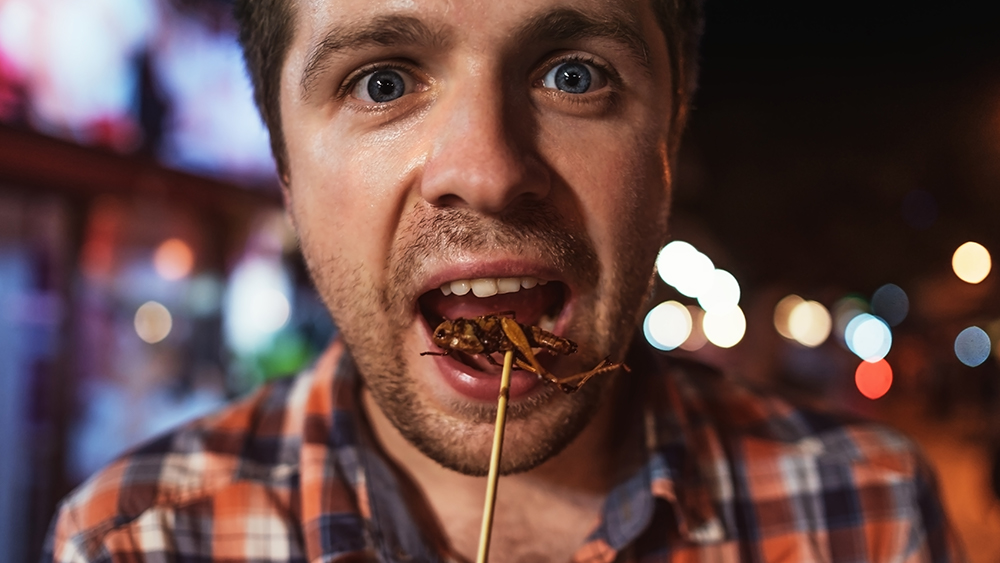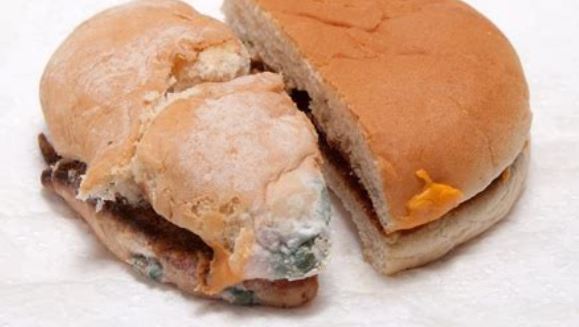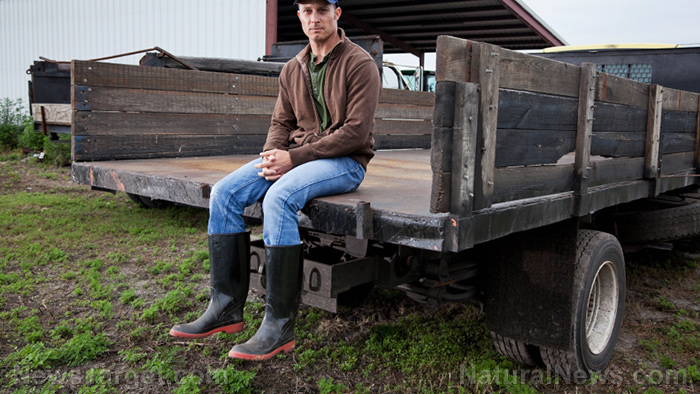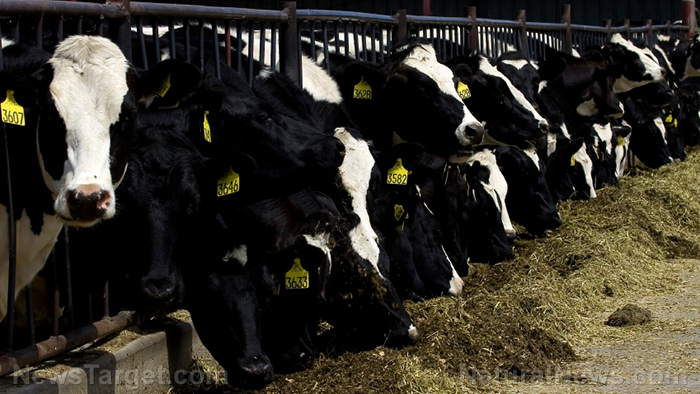
Harvest season is great if you have your own home garden, but it can also be a burden if you're producing too much of everything. Even if you store food as best as you could, they will still start to spoil after some time. It is, therefore, important to know the different signs that food has gone bad so that you don't unknowingly consume them.
Food spoilage is a natural process that gradually occurs over time. However, the presence of bacteria can speed it up and make the food dangerous for consumption. Eating contaminated foods causes food poisoning, an illness that is often associated with nausea, vomiting, and diarrhea. Although this disease can easily be treated, it still has the potential to become life-threatening so it is still best to avoid it by accurately identifying whether your food is still safe to eat. If you observe any of the following signs, then you should immediately get rid of the food to prevent further contamination and to protect yourself and other people from eating it.
- Slime -- Meats, as well as vegetables, that appear shiny and have become soggy should not be consumed
- Mold -- When food spoils, small spores start to appear and over time, these will spread to cover more areas. Even if only a small area has mold, it would be best to just throw it away unless it's bread since you can simply remove the affected parts.
- Discoloration -- Fruits usually change color as they ripen but when they start to brown, then you should just put them in the garbage can. Similarly, green vegetables that have turned brown or yellow and brown vegetables that have turned green should be disposed of.
- Bad odor -- Spoiled foods tend to have a foul smell due to the release of chemicals either from the food itself or from the microbes as it decomposes.
- Changed texture -- Texture is an excellent indicator of food spoilage. Once fruits or vegetables have become squishy, wrinkly, or grainy, then they should not be consumed anymore.
- Puddling -- Yogurt usually has some liquid on top, but when there are large amounts of it present then you should get rid of it.
- Souring -- Foods that aren't normally sour often acquire this taste when they have already spoiled.
By looking out for these signs, you can make sure that the food you're eating really is safe for consumption and reduce your contributions to waste due to unnecessary throwing of good food. (Related: Food waste is costing us all: The environmental and financial cost of spoiled food.)
How to make foods stay fresh longer
Food spoilage is inevitable but it can be delayed. To increase the shelf life of your foods, you can try out the following tips:
- Line your refrigerator drawers with paper towels to absorb excess moisture
- Wash berries using a mixture of water and vinegar before storing them in the back of the fridge
- Store apples separately since they release ethylene that promotes the decay of other foods
- Cover meat and poultry with foil or place them in ziplock bags before placing them in the freezer
- Keep bananas in a bunch and store them at room temperature
- Chop up celery, carrots, and radishes then place them in a container of water
- Wrap smoked meats in a vinegar-dampened cloth and wax paper before freezing them
- Secure cheese in wax paper to keep them dry or you can also shred them, add some cornstarch, and store in an airtight bag
- Don't store bread in the refrigerator and just keep them in a tightly sealed bag on your countertop
For more articles about food safety, visit Food.news.
Sources include:
Please contact us for more information.





















